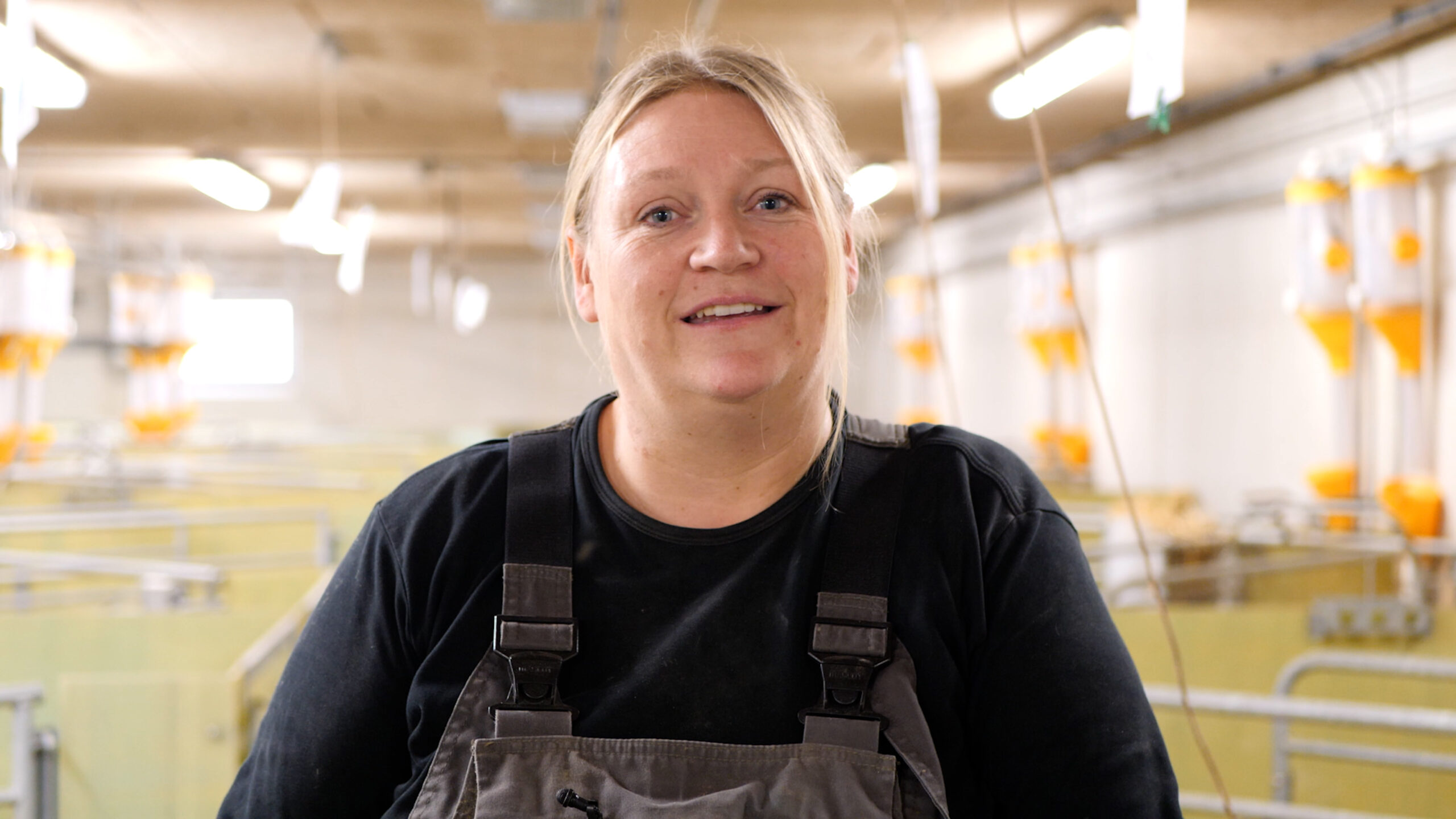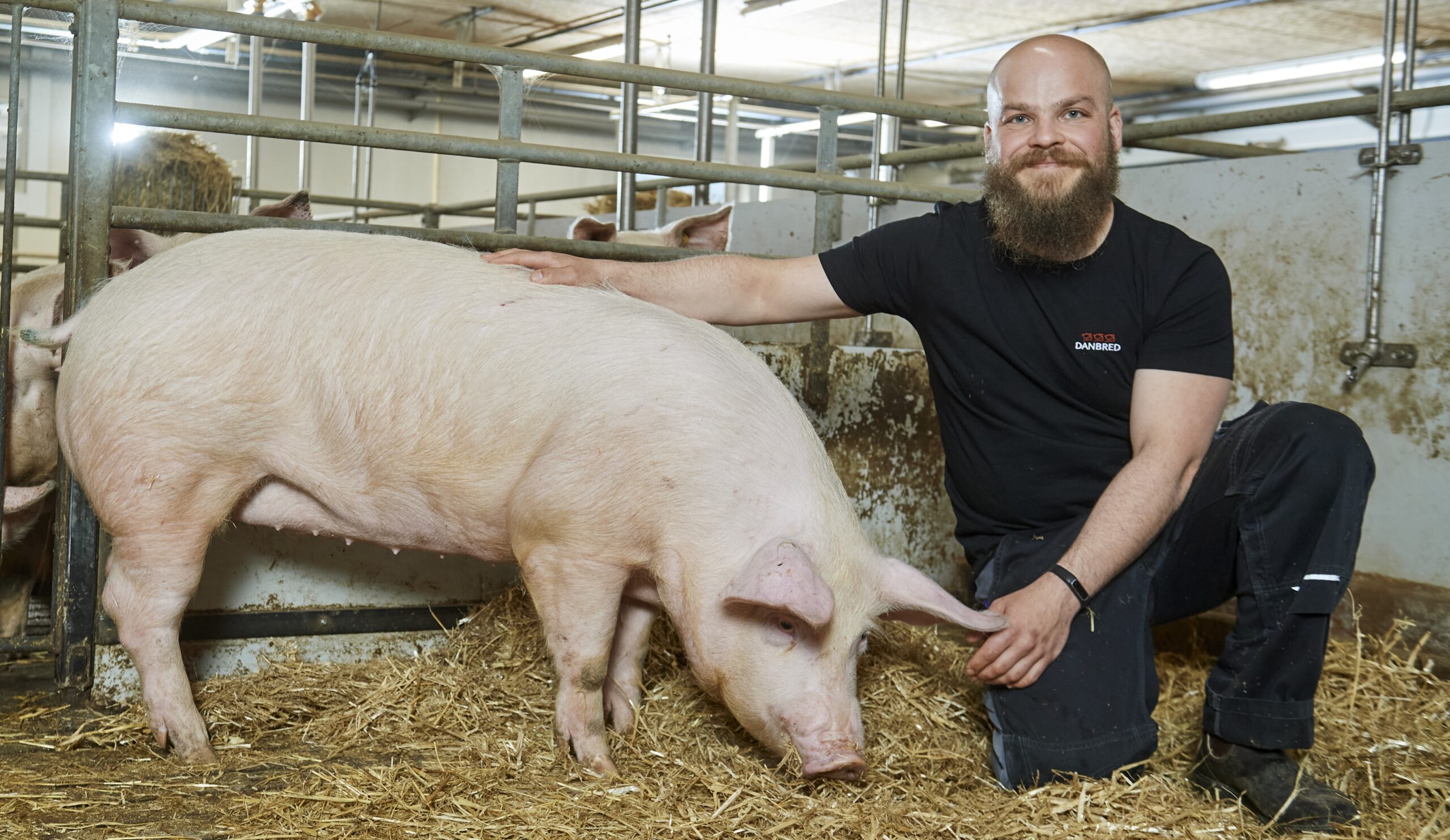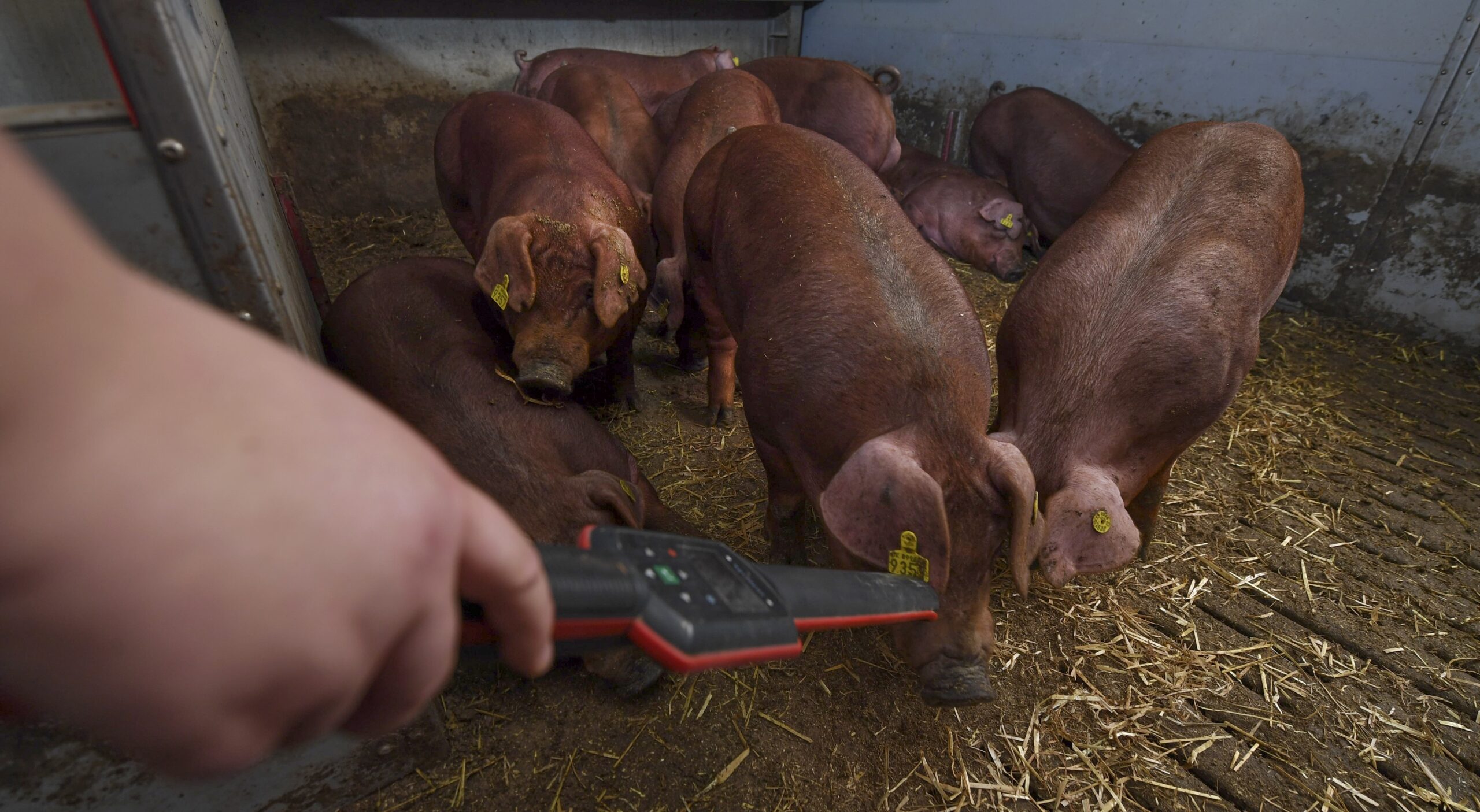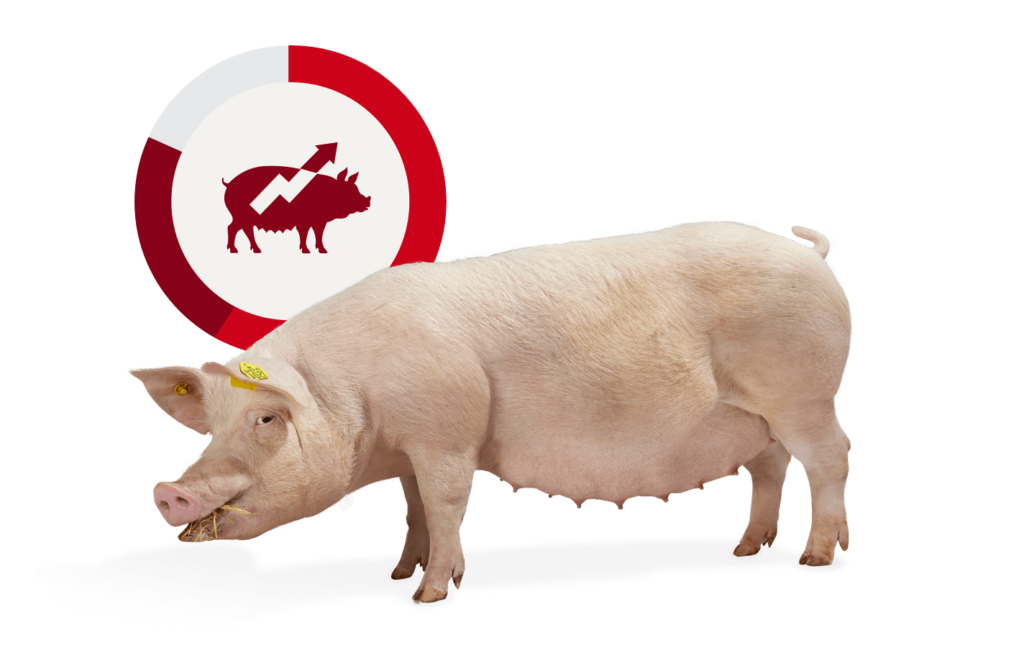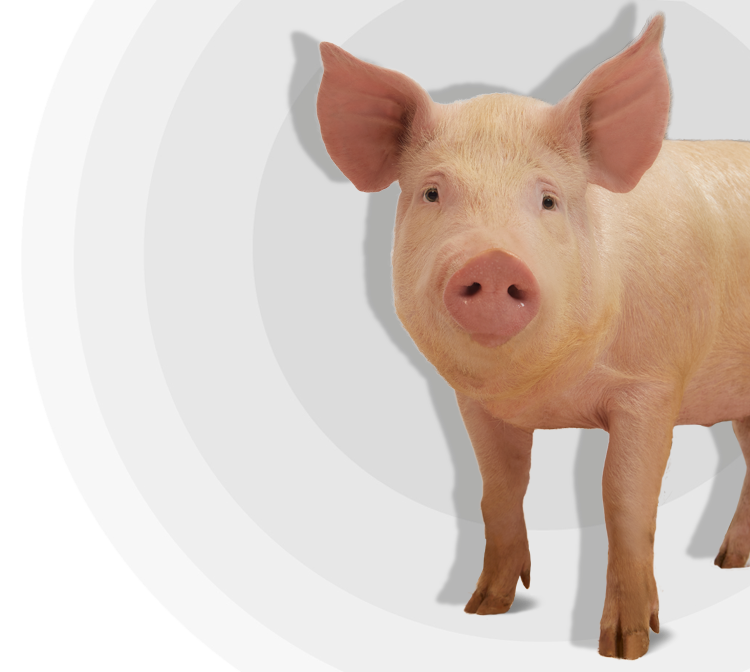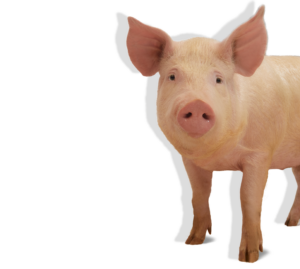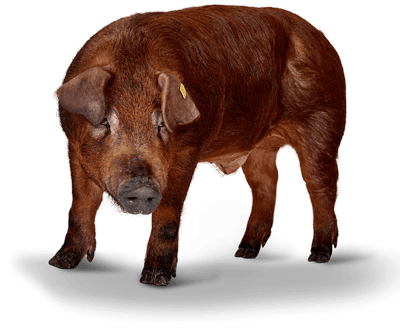Piglet survival continues to be one of the most focused matters in pig production, as pig producers aim for healthy pigs to ensure a sustainable economic production. To increase piglet survival, it is essential to focus on the most sensitive and focused unit for pig producers: the farrowing unit. Pig producers should pay particular attention to sow health and condition before and during the farrowing period, since the piglets’ health is affected directly by the sow.
In the farrowing unit, we need to make sure that both the sow and the piglets get everything they need, i.e., free access to clean water, good and correct feeding, right stable temperature etc. It is also important to monitor and identify vulnerable sows and treat them as fast as possible. When the sows are healthy, they can utilise their full potential to take care of the piglets.
The temperature alone is not enough
One of the most common indicators for identifying vulnerable sows is to measure rectal temperature. When you have a lot of different tasks and responsibilities in the farrowing unit, using the rectal temperature as an indicator for whether or not a sow is sick is a quick and easy solution.
Although, this is a simple and practical approach, it may cause unnecessary usage of medicine. There are always sows (around 5-10 %) with a high temperature who are still able to eat normally and nurse their piglets perfectly [3]. Treating sows unnecessarily increases the usage of antibiotics and medicine, which can bring negative consequences to the animals and the farmers. Moreover, rectal temperature measurement can induce stress and may even increase infections among the sows [5]. That is why we want to figure out how to make sure the sow’s temperature actually represents a sick sow – in an easy and time efficient manner, so you can distribute your time most efficiently and enjoy healthy animals.
Over the years, several studies have stated a general consensus that a rectal temperature of more than approx. 39.5 °C by itself categorises sows as affected by postpartum dysgalactia (PPDG), also known as Mastitis, Metritis, Agalactia (MMA). However, a study from 2013 by Sipos et al. showed that the rectal temperature in pigs is strongly dependent on age and phase in the reproductive cycle. For example, Sipos et al. found that the average rectal temperature of sows is 38.2 °C on day 113 of gestation, increases to 39.1 °C around farrowing, and reaches 39.7 °C during the second week of lactation, hereafter, it decreases to 38.1 °C on day 1 after weaning [4].
A recent field study by the Danish Agriculture & Food Council, Pigs, has also found that the rectal temperature in farrowed sows is between 38.3-40.5 °C, which means quite high variations [2]. Therefore, the measurement of sow temperature cannot be used as the only decision-making indicator to determine whether a sow is sick. As a stockperson that needs practical and concrete values, sow temperature can be used in combination with other important indicators. We have summarised normal values of rectal temperature from studies over the years in Table 1.
Table 1 – Normal values of rectal temperature in resting pigs
- Sipos et al., 2013 [4]
- Day 113 of gestation: 38.2 °C
- Day 1 after farrowing: 39.1 °C
- Week 2 after farrowing: 39.7 °C
- Day 1 post weaning: 38.6 °C
- Piglets: 39.5 °C
- Finishers: 39.2 °C
- SEGES, 2016 [1]
- Gilts: 38.8 °C
- Sows: 38.3 °C
- Piglet: 39.5 °C
- Finishers: 39.3 °C
- Danish Agriculture & Food Council, Pigs, 2021 [2]
- Farrowed sows: 38.3-40.5 °C
What indicators can you use for when to treat a sow?
It is essential for you to know how healthy sows and piglets behave. A sound and healthy pig is active, curious and has a good appetite [1]. Normally, sows get up to eat and drink when being fed. Piglets always gather around the udder, stimulate and suckle milk at the nursing cycle, which is around every 45 minutes to one hour. If their norms or behaviour changes, something is wrong: it is time for you to identify the problem and take quick action. There are several common behavioural changes, clinical signs and other factors that can help you identify a vulnerable or sick sow.
Changes in behaviour [1]
- a. Loss of appetite: eat and drink less. It is very important to have the correct feeding strategy and water supply that matches your DanBred sows.
- b. Depression and lack of interest in surroundings: animals lying down while others are active when being fed or bedded.
- c. Chills (fever).
Healthy sows get up and eat when fed.
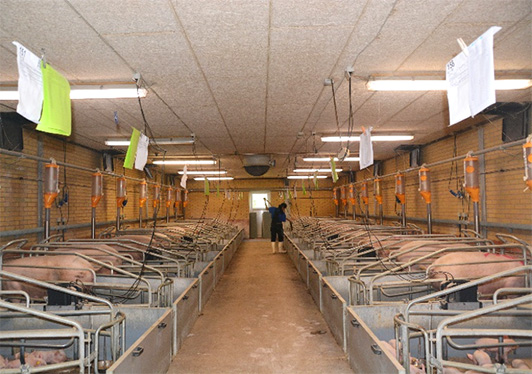
Healthy piglets gather around the udder and stimulate the udder.
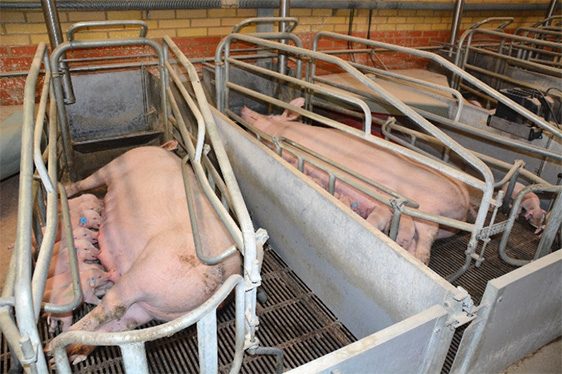
Clinical signs
- a. Respiratory system
- i. Coughing, sneezing or panting
- ii. Rapid or irregular breathing (a normal pulse is 70 pulse/min., and the respiratory rate is 13 rate/min. [1])
- b. Skin and hair
- i. Spiky coat
- ii. Paleness
- iii. Open sores or cracked hoofs
- c. Lameness
- i. Signs: stiff, sore, shortened stride, reduced weight bearing on effected limbs, unwilling to rise or walk
- ii. Joint swelling
- iii. Udder: swollen or very firm when pressing
- d. Others
- i. Signs of dehydration (for instance dark urine, sunken belly and eyes)
- ii. If a sow has had farrowing assistance (obstetric aid), and shows sign of infection or fever, i.e., a lot of vulva discharge and bad smell, lack of appetite, temperature is over 40.5 °C
- iii. Urine condition and colour (containing pus or blood)
Hard/red udder after farrowing [3].
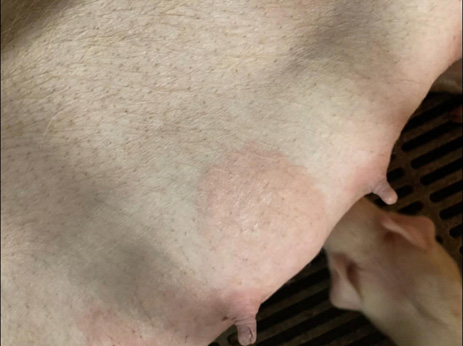
Very clear signs of sick sow: not eating, laying, sunken eyes, pale and a piglet lays on top of the sow [3].
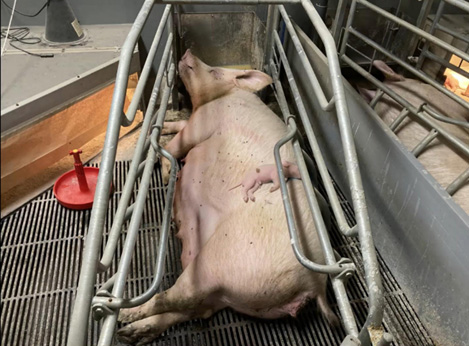
Piglets’ conditions
- a. Fuzzy or rough hair coat
- b. Not active, become skinnier, prefer to be near a sow or lie under a heat lamp instead of suckling milk
- c. Diarrhoea
Faeces texture and colour
- a. Changed texture to lose or firm or/and round (constipation) instead of a soft, glistening, and well-shaped
- b. Changed colour
Housing climate and environment
- a. Ventilation and temperature: make sure it works right for the animals in each stage, i.e., pre-farrowing period or post-farrowing period
Treating box and trailer.
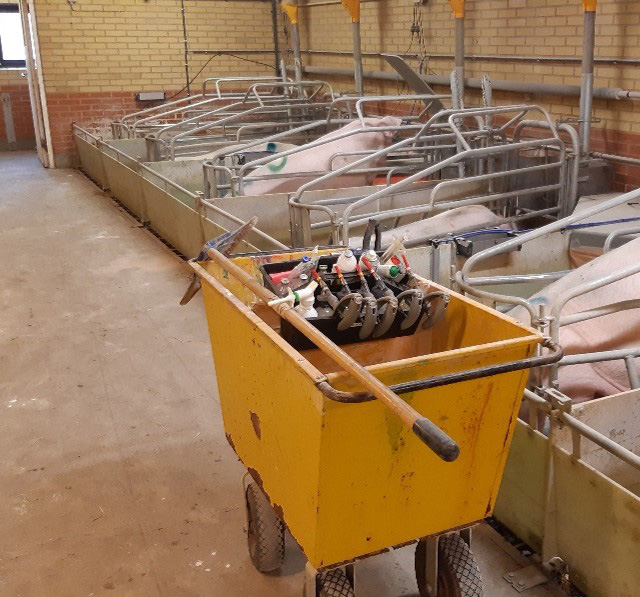
Check and treat sows and piglets daily.

The most practical way to go about ensuring healthy animals ...
Is checking the sows’ and piglets’ health once a day – the best time is around the first feeding in the morning. If you see any of the indicators above, you should measure the temperature. When it is higher than 40.5 °C, you should treat the sow by choosing the right medicine(s), based on what a veterinarian has recommended or prescribed, and treat the sow with right dosage and timing. It is very important to follow up closely; you will usually see a good recovery within one or two days. When you identify sick sows quickly, treat them with right medicine and dosage, the success rate will be very high – and usage of medicine and antibiotics can be decreased.
Fact Box
Alternatives to rectal temperature?
As mentioned previously, rectal temperature measurement can induce stress and increase infections among the sows. A recent field study by the Danish Agriculture & Food Council, Pigs, investigated whether the surface temperature measurement can be an alternative to the rectal temperature measurement [2].
The field study was done with different methods, i.e., deep rectal measurement, not-deep measurement, surface measurement (udder area, ear, and tail root), and with different types of thermometers. It showed very big variations, e.g., 3.36 °C in variation between sows with a deep rectal measurement, and up to 13.75 °C, 11.18 °C and 5.46 °C with surface measurements, when measuring behind the ear, tail root, and in the ear respectively. The fluctuation is bigger than the recommended range of temperatures that farmers have been used as an indicator for treating sows.
The study concluded that the deep rectal temperature measurement is the most accurate method to measure sow temperature. The measurement of surface temperature showed too big variations and cannot be used as an alternative [2].
As mentioned previously, rectal temperature measurement can induce stress and increase infections among the sows. A recent field study by the Danish Agriculture & Food Council, Pigs, investigated whether the surface temperature measurement can be an alternative to the rectal temperature measurement [2].
References
[1] Eskildsen, M. and Weber, A.V. (2016): Pig production, SEGES publishing. Page 198-203.
[2] Moustsen, V.A., Nielsen, M.B.F. and Jensen, A.F.M. (2021): Sammenhæng mellem rektal-og overfladetemperatur ved diegivende søer. Erfaring no. 2107. Danish Pig Research Centre (DPRC) https://svineproduktion.dk/publikationer/kilder/lu_erfa/2021/2107
[3] Møller, I.M. and Mørch, A.F., (2021): Den sunde, farende og diegivende so. SEGES Pig Research Centre website. https://svineproduktion.dk/Services/Plancher
[4] Sipos, W.; Wiener, S.; Entenfellner, F; and Sipos, S. (2013): Physiological changes of rectal temperature, pulse rate and respiratory rate of pigs at different ages including the important perpartal period. Wiener Tierärztlichte Monatsschrifft – Veterinary Medicine Austria, 100, 93-98
Sørensen, D.D. and Pedersen, L.J. (2015): Infrared skin temperature measurements for monitoring health in pigs: review. Acta Veterinaria Scandinavica 57:5.



